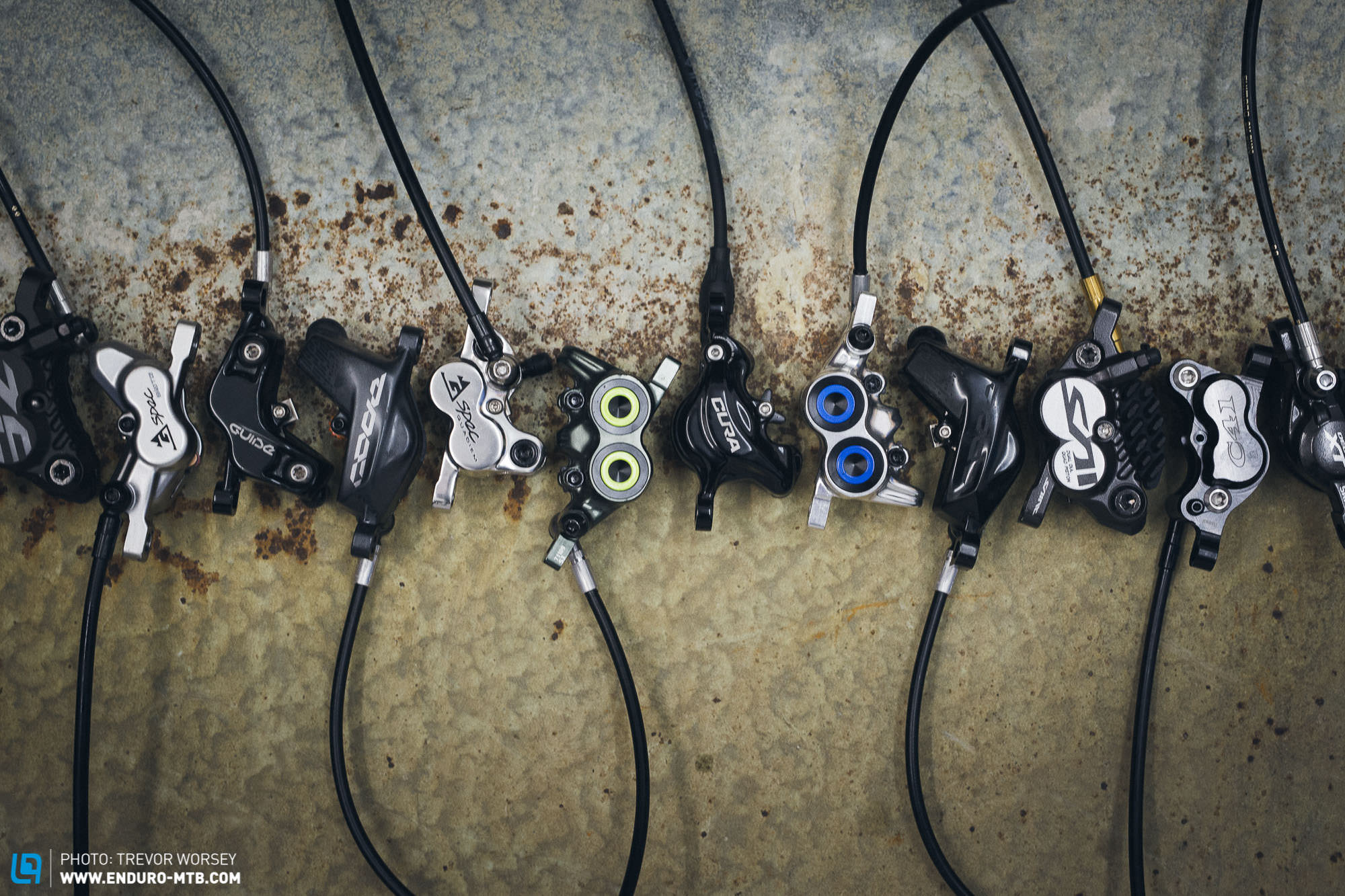militantmandy
Well-known member
With good modulation you can also apply very little braking force gradually which is great for steep techy rocky decents, if it grabs you're going over the bars.
Modulation IMO is more important than outright braking force
I agree with some of that, but outright power is definitely the most important thing for me. On long, steep descents, more power means less effort, means less hand fatigue, means more confidence. A relative lack of modulation can be overcome with improved technique. That said, I still find Saints/Zees to be too sharp for my preferences, although I am sure I could get used to them.

